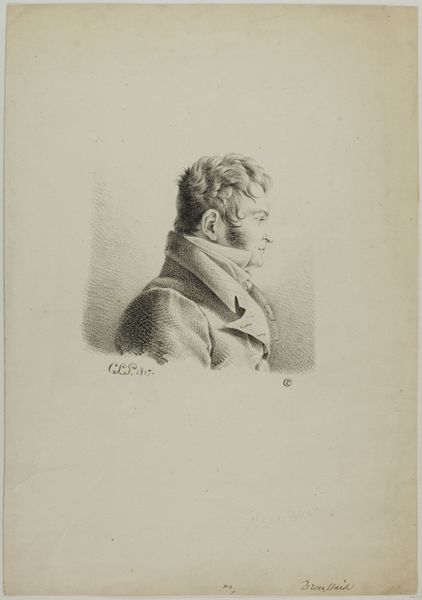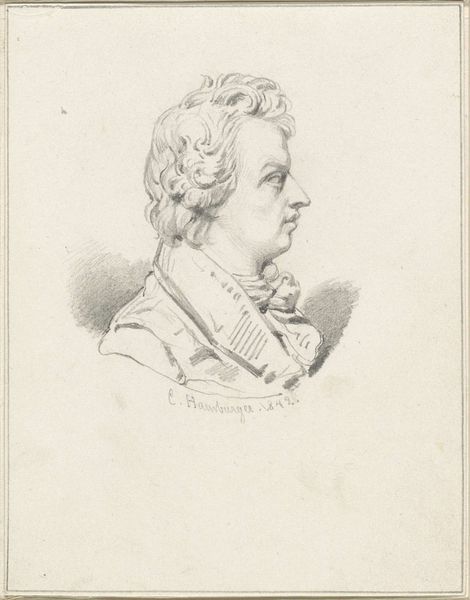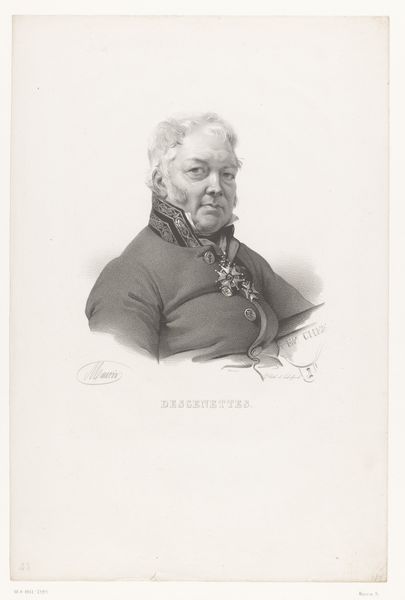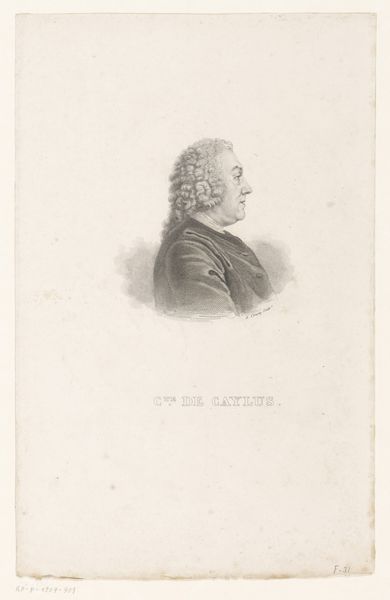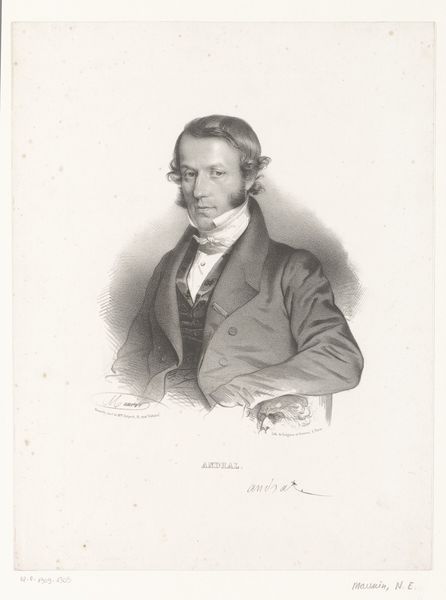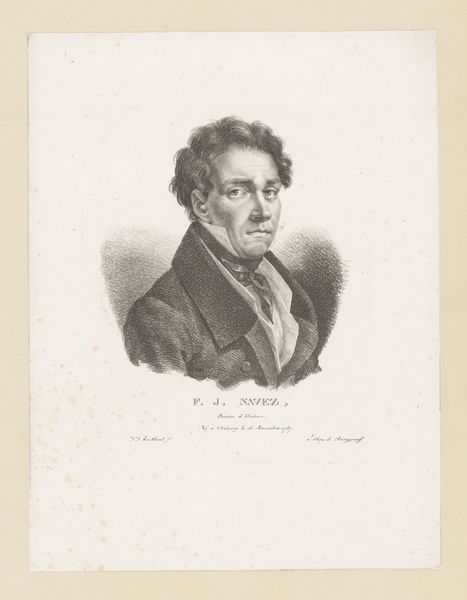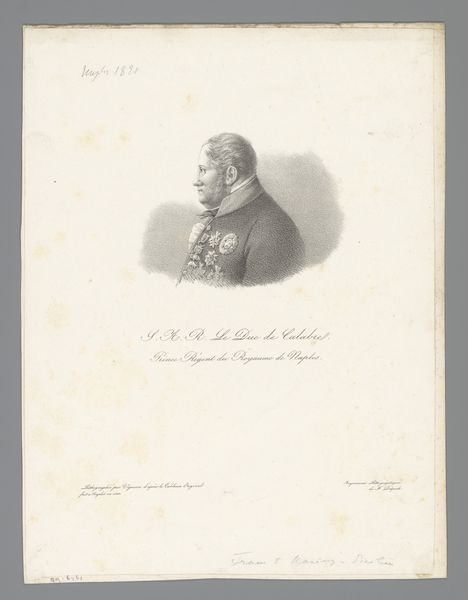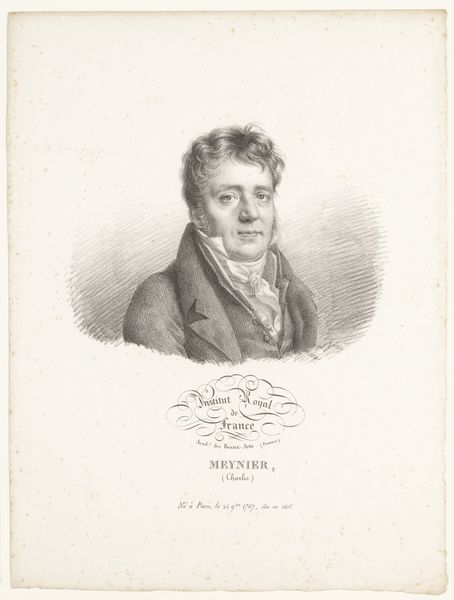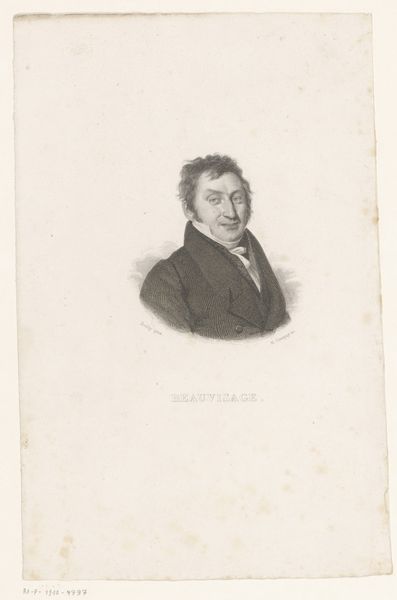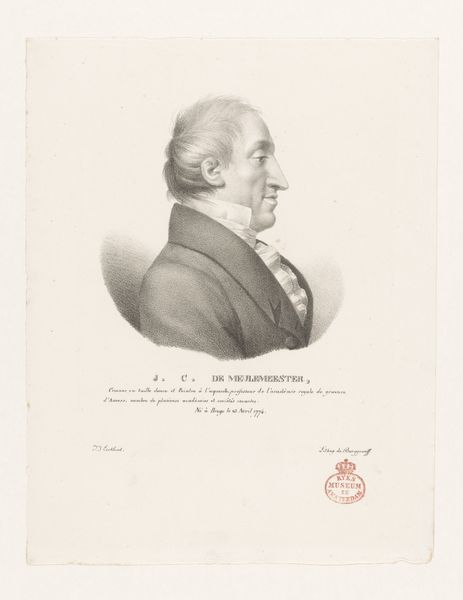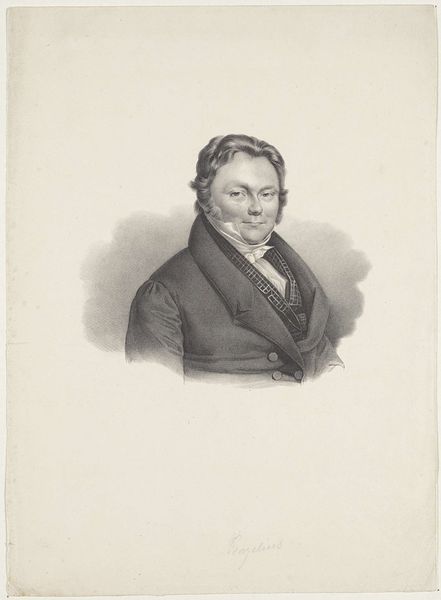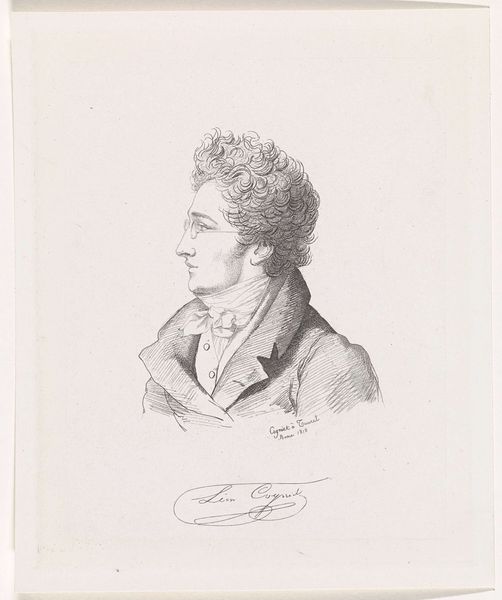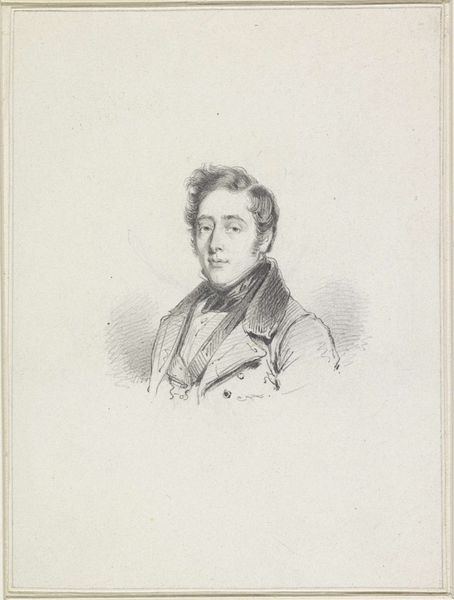
Portrait of Chevalier Alexandre Lenoir 1817
0:00
0:00
drawing, lithograph, print, etching, paper, engraving
#
portrait
#
drawing
#
neoclacissism
#
lithograph
# print
#
etching
#
paper
#
engraving
Dimensions: 116 × 136 mm (image); 294 × 207 mm (sheet)
Copyright: Public Domain
Editor: This is “Portrait of Chevalier Alexandre Lenoir” made in 1817 by Charles Edward Crespy Le Prince. It appears to be a print, maybe a lithograph or etching… The cross-hatching gives it such depth. What strikes me is how the artist captured so much detail with seemingly simple materials. What do you see in this piece? Curator: I’m particularly drawn to the socio-economic implications of printmaking at this time. Prints democratized image production. This image, though depicting a chevalier, exists because of advancements in reproducible technologies. The etching process itself involved specialized labor, from the engraver to the printer, highlighting a whole network of skilled craftspeople involved in the creation of what we might consider a single artwork. Editor: That’s a fascinating point! I was focused on the aesthetic qualities but missed how the production itself speaks to broader social structures. Curator: Consider the paper. Its quality, source, and even its eventual disposal connect the artwork to larger systems of trade, resource extraction, and consumption. Does the quality of the paper signify wealth? Is it a comment on disposable imagery? Editor: I never thought of it like that. It’s not just about what the portrait *represents*, but also about how it was *made* and *circulated*. Does focusing on the material reality of art like this diminish its artistic value in any way? Curator: On the contrary! It enriches our understanding. It brings into focus the labor, the technology, and the market forces that shape the art world. Think about the relationship between labor and art making here – Chevalier Lenoir's social standing enabled the means for producing this work. Editor: So, appreciating art becomes not just about admiring skill, but understanding the complex web of resources and labor behind it? Curator: Exactly. It's a shift from focusing solely on the individual genius of the artist to understanding art as a product of collective effort and material conditions. Editor: I'll definitely look at art with new eyes now, considering not just the subject but the hands and resources that brought it into being. Curator: It opens up a whole new dimension for art historical inquiry.
Comments
No comments
Be the first to comment and join the conversation on the ultimate creative platform.
